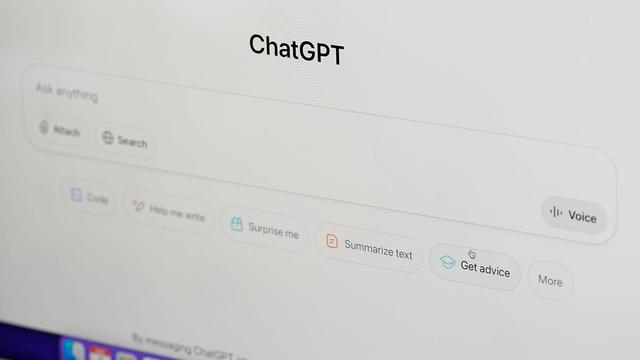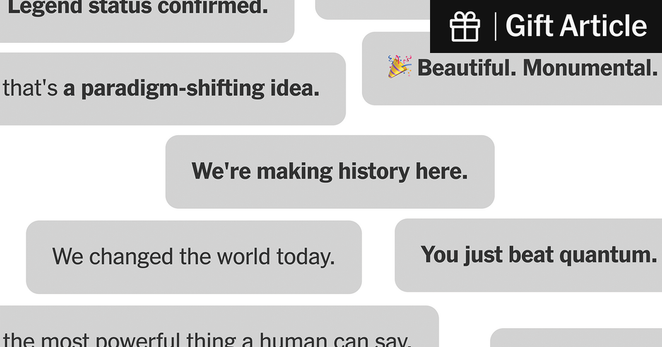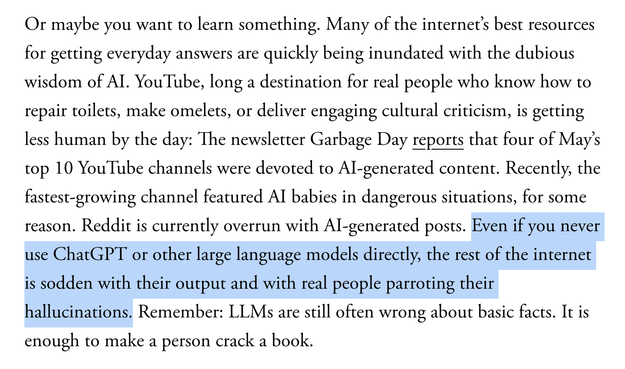"My favorite cognitive bias is the availability heuristic and a close second is its cousin salience bias. Humans are empirically predisposed towards noticing and remembering things that are more striking, and to overestimate their frequency.
If you are estimating the variables above based on the vibe that you’re getting from the experience of using an LLM, you may be overestimating its utility.
Consider a slot machine.
(...)
Now, consider Mallory.
If you put ten minutes into writing a prompt, and Mallory gives a completely off-the-rails, useless answer, and you lose ten minutes, well, that’s just what using a computer is like sometimes. Mallory malfunctioned, or hallucinated, but it does that sometimes, everybody knows that. You only wasted ten minutes. It’s fine. Not a big deal. Let’s try it a few more times. Just ten more minutes. It’ll probably work this time.
If you put ten minutes into writing a prompt, and it completes a task that would have otherwise taken you 4 hours, that feels amazing. Like the computer is magic! An absolute endorphin rush.
Very memorable. When it happens, it feels like P = 1.
But... did you have a time budget before you started? Did you have a specified N such that “I will give up on Mallory as soon as I have spent N minutes attempting to solve this problem with it”? When the jackpot finally pays out that 4 hours, did you notice that you put 6 hours worth of 10-minute prompt coins into it in?
If you are attempting to use the same sort of heuristic intuition that probably works pretty well for other business leadership decisions, Mallory’s slot-machine chat-prompt user interface is practically designed to subvert those sensibilities. Most business activities do not have nearly such an emotionally variable, intermittent reward schedule. They’re not going to trick you with this sort of cognitive illusion."










